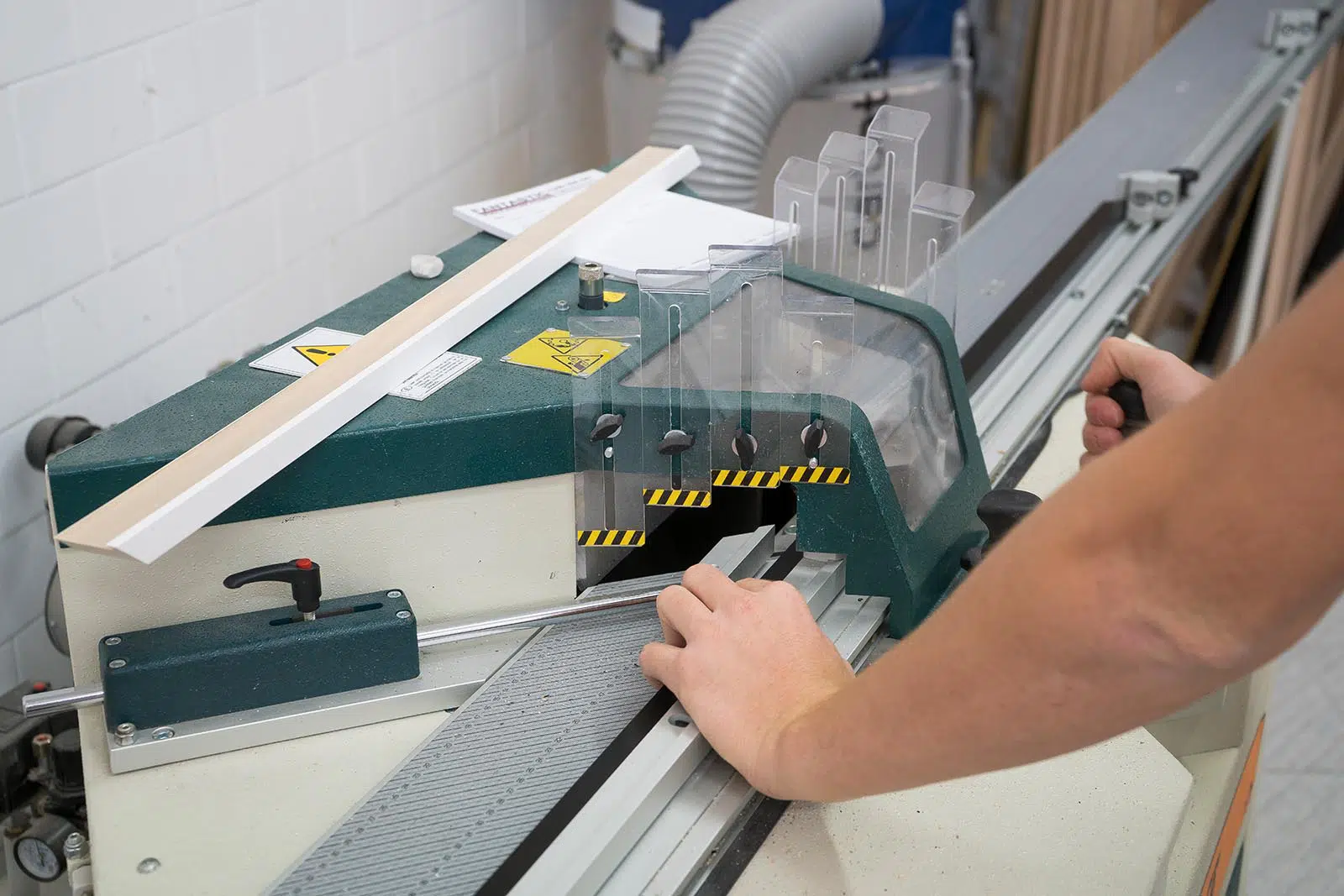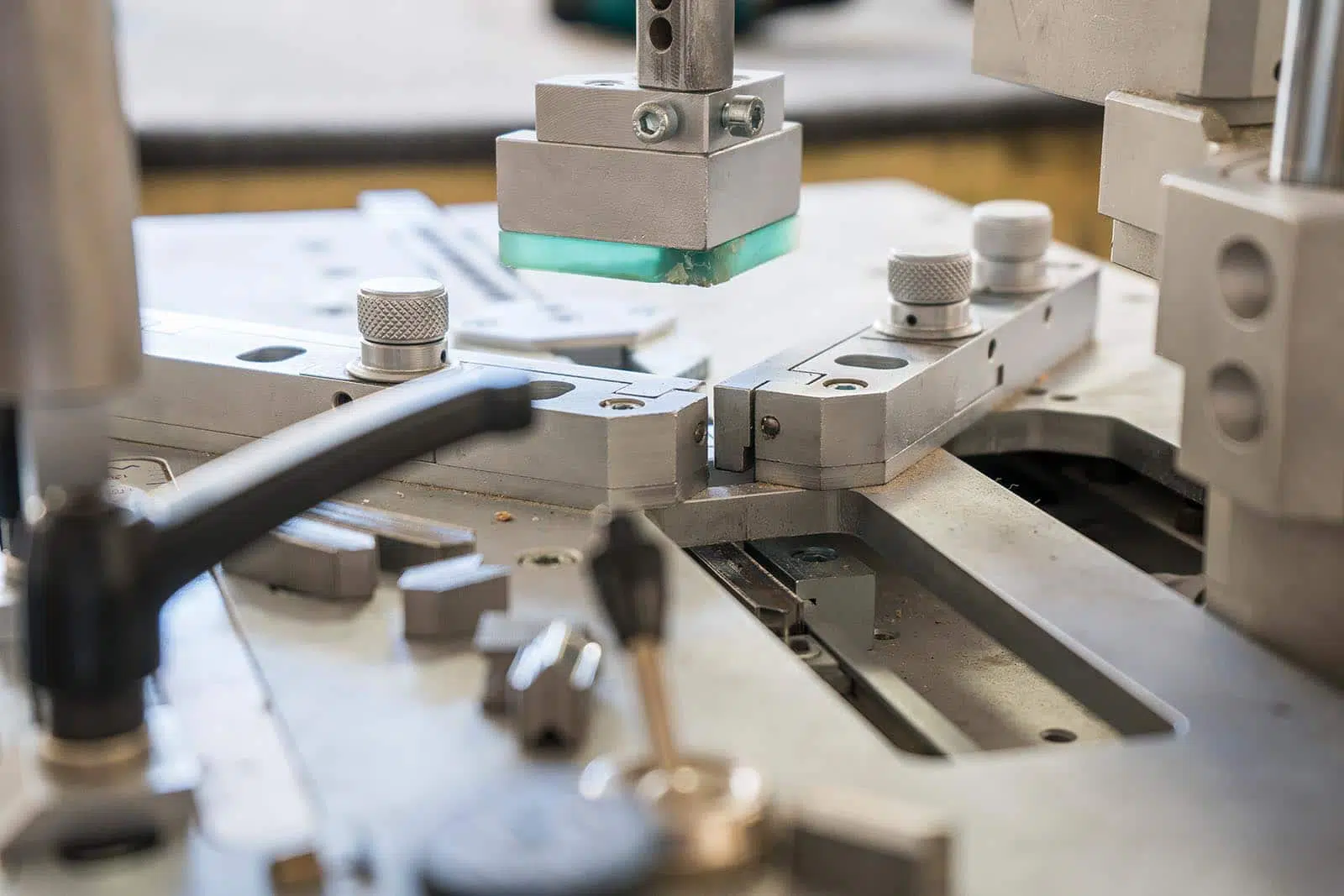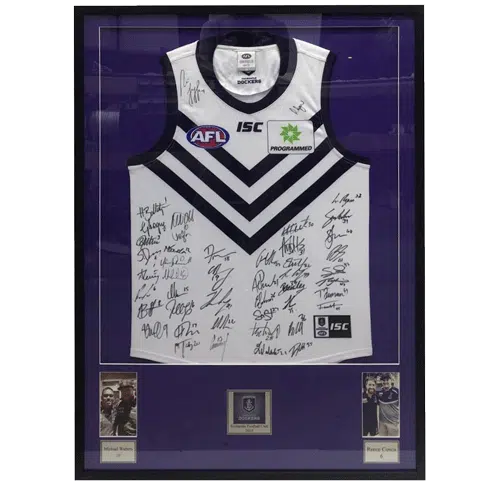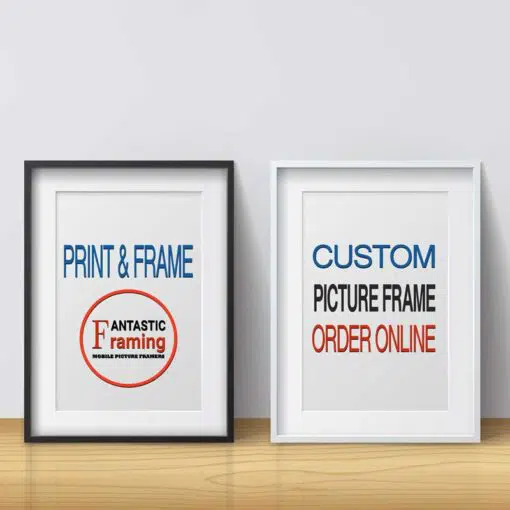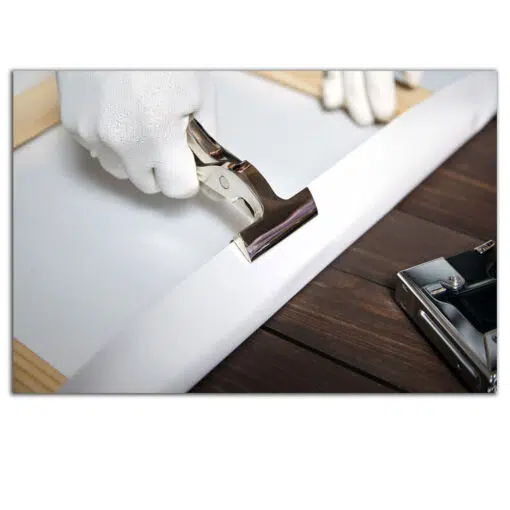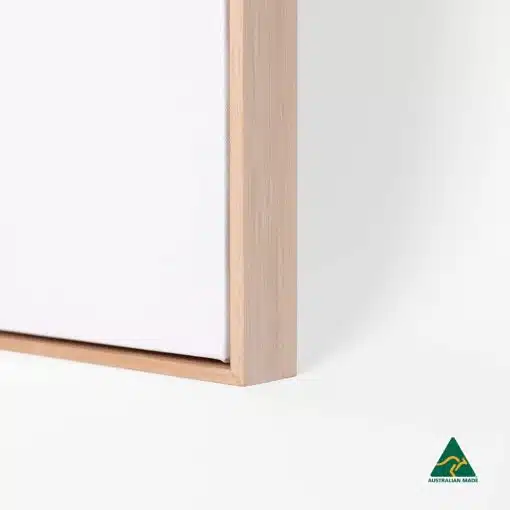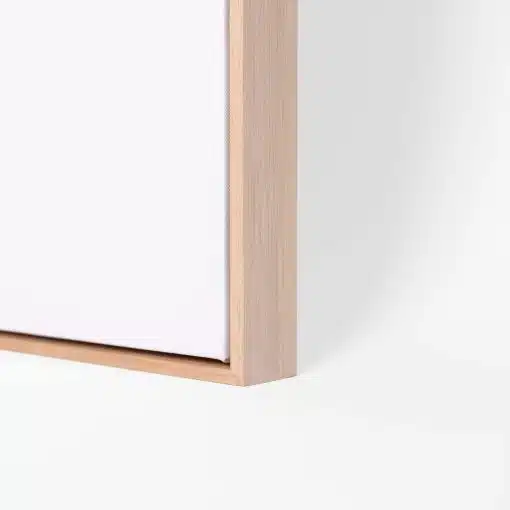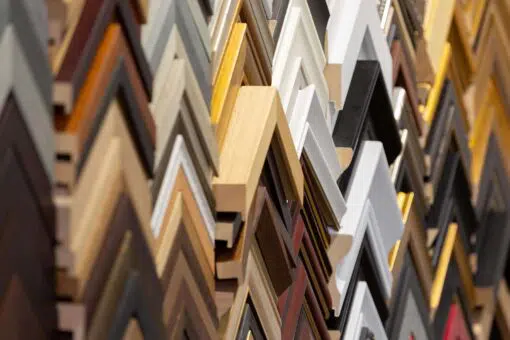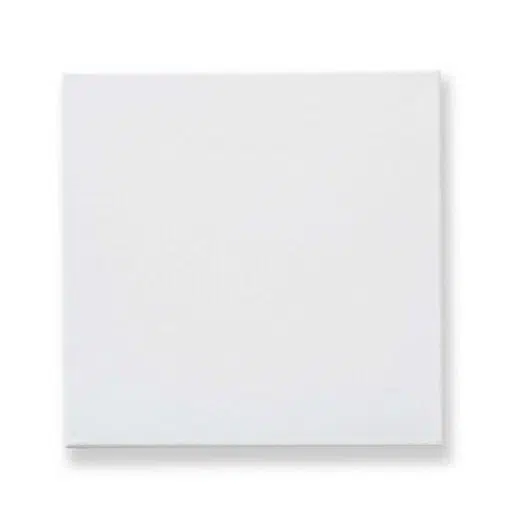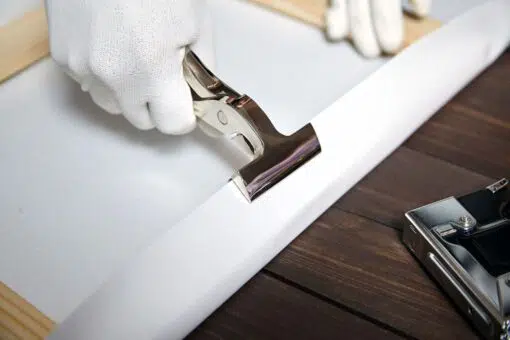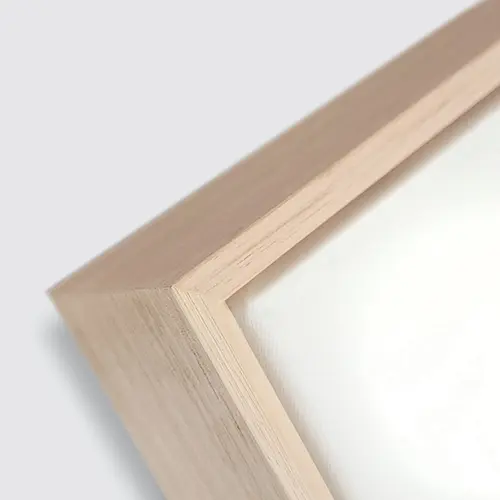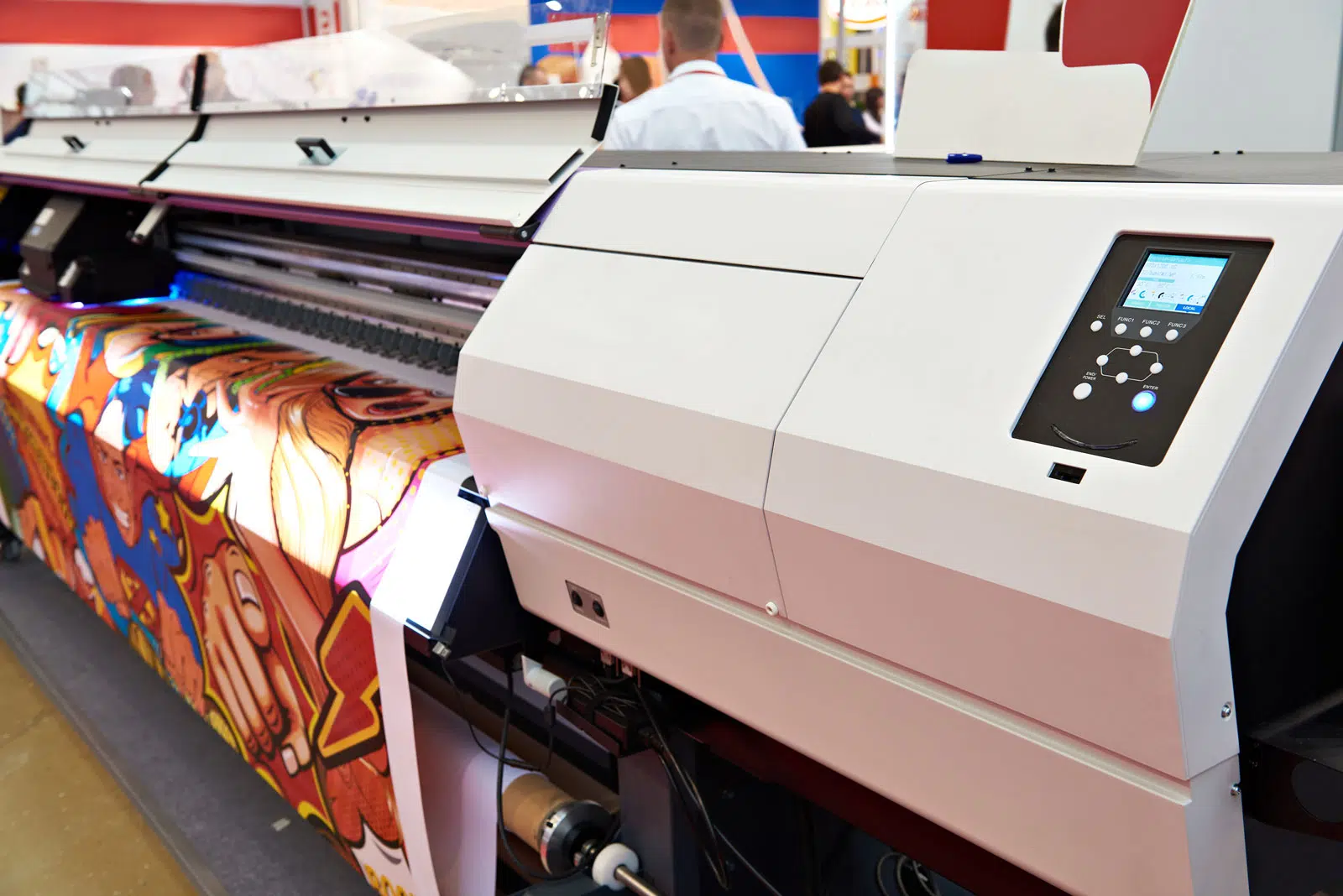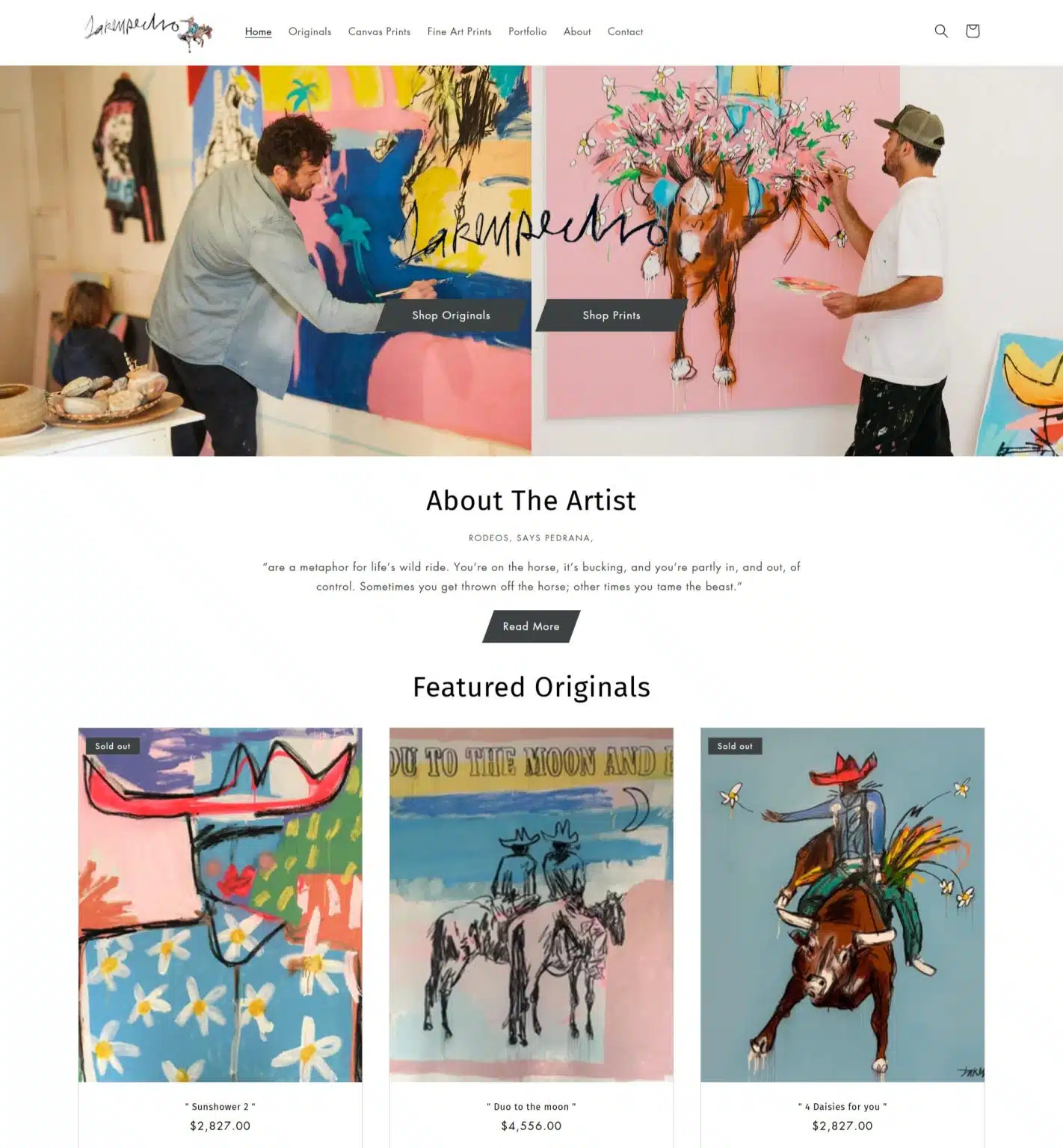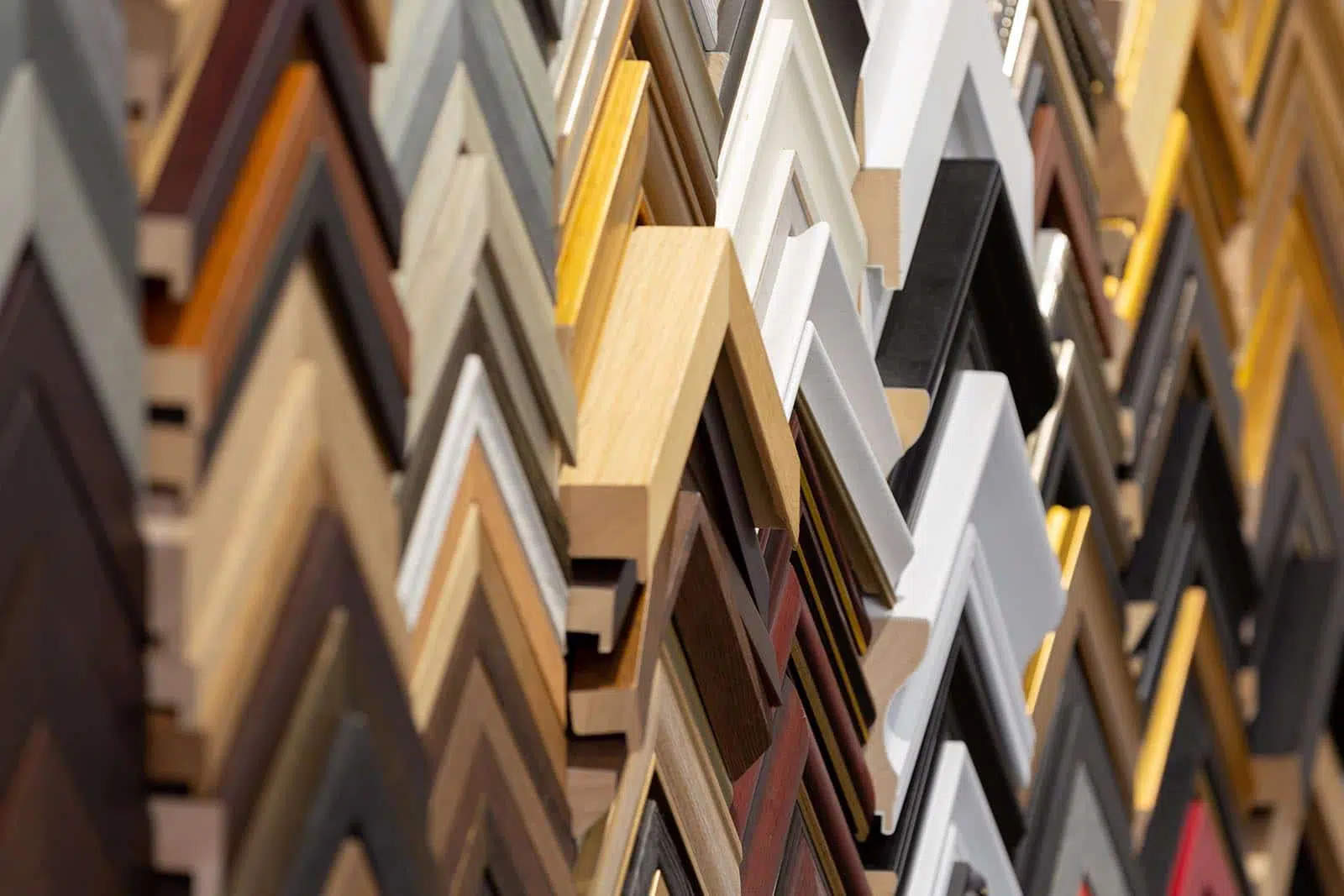As a necessary part of an artist’s process that creates their work surface and affects how long an artwork lasts, canvas stretching is a skill that every artist learns at some point — which is why it’s crucial to learn about canvas stretching issues.
In this blog post, we will discuss common canvas stretching issues and how to fix them.
Common canvas stretching issues
- Loose canvas or sagging — The canvas becomes loose or sags in the centre when it’s not stretched properly. This can distort the artwork or make it difficult to work with because of insufficient surface tension.
- Wrinkles or Bubbles — Wrinkles, bubbles or creases that appear on the canvas surface are common canvas stretching issues that give you an uneven base for your work. This is usually caused by irregular tension applied to the canvas as it is stretched.
- Warping or bowing — This is the distortion or curvature of a canvas surface, typically occurring when the canvas is not stretched evenly or when environmental factors like humidity affect the canvas. This can result in the canvas taking on a concave or convex shape, where it either bends inward or outward from its flat and taut position on the stretcher bars.
- Overstretched corners — Overstretching the canvas can result in corners stretched too tightly, causing distortion or tearing immediately, even after some time.
Tips for fixing and avoiding canvas stretching issues
Most canvas stretching issues stem from uneven tension while stretching. It requires a great deal of practice to make precise adjustments that ensure your canvas can cater to your needs.
Here are some tips you can try to fix or avoid canvas stretching issues altogether:
- To ensure even tension while stretching, work from the centre outward, pulling the canvas evenly. Smooth out any wrinkles or bubbles as you go. If wrinkles persist, you may need to remove the canvas and start the stretching process again.
- To fix loose canvas, you can re-stretch the canvas by tightening the stretcher bars. Use canvas pliers to pull the canvas taut, starting from the centre and working towards the corners. Finally, secure it with staples or tacks.
- Environmental factors such as humidity may also cause canvas warping. So, as much as possible, it’s important to control or counter humidity levels and temperature in your workspace or where you store your artwork.
- Use stretcher bars that are properly sized for the canvas, and make sure they are square and level. Adjust the tension as needed while stretching to achieve your desired surface tension.
- Be cautious not to over-stretch the corners. Stretch them evenly and moderately. If corners are already over-stretched, you may need to release some tension, re-stretch and trim excess canvas if necessary.
- Another trick is using a spray bottle, spritz some water from the back, and wait 20-30 minutes. You may put the canvas next to a window, but try not to expose it to direct sunlight (it would be helpful if you have a heater as well). Once it dries, you will have a flat canvas.
Avoid canvas stretching issues with Fantastic Framing
Upgrade your artwork into masterpieces that last with Fantastic Framing’s professional canvas stretching services. Whether you’re an artist seeking the perfect canvas or a collector preserving a valuable piece, we’re here to help elevate your artistry.
At Fantastic Framing, we understand that canvas stretching is not just a tedious task — it’s a critical step in preserving and showcasing your art. With precision and care, we ensure that every canvas is stretched to perfection, no matter its size or shape, eliminating any common canvas stretching issues.
By letting us remove any hassle from the process, you can focus on what you do best. Visit one of our store locations or contact us today for top-tier canvas stretching services in Sydney, Brisbane, Melbourne and Perth.
